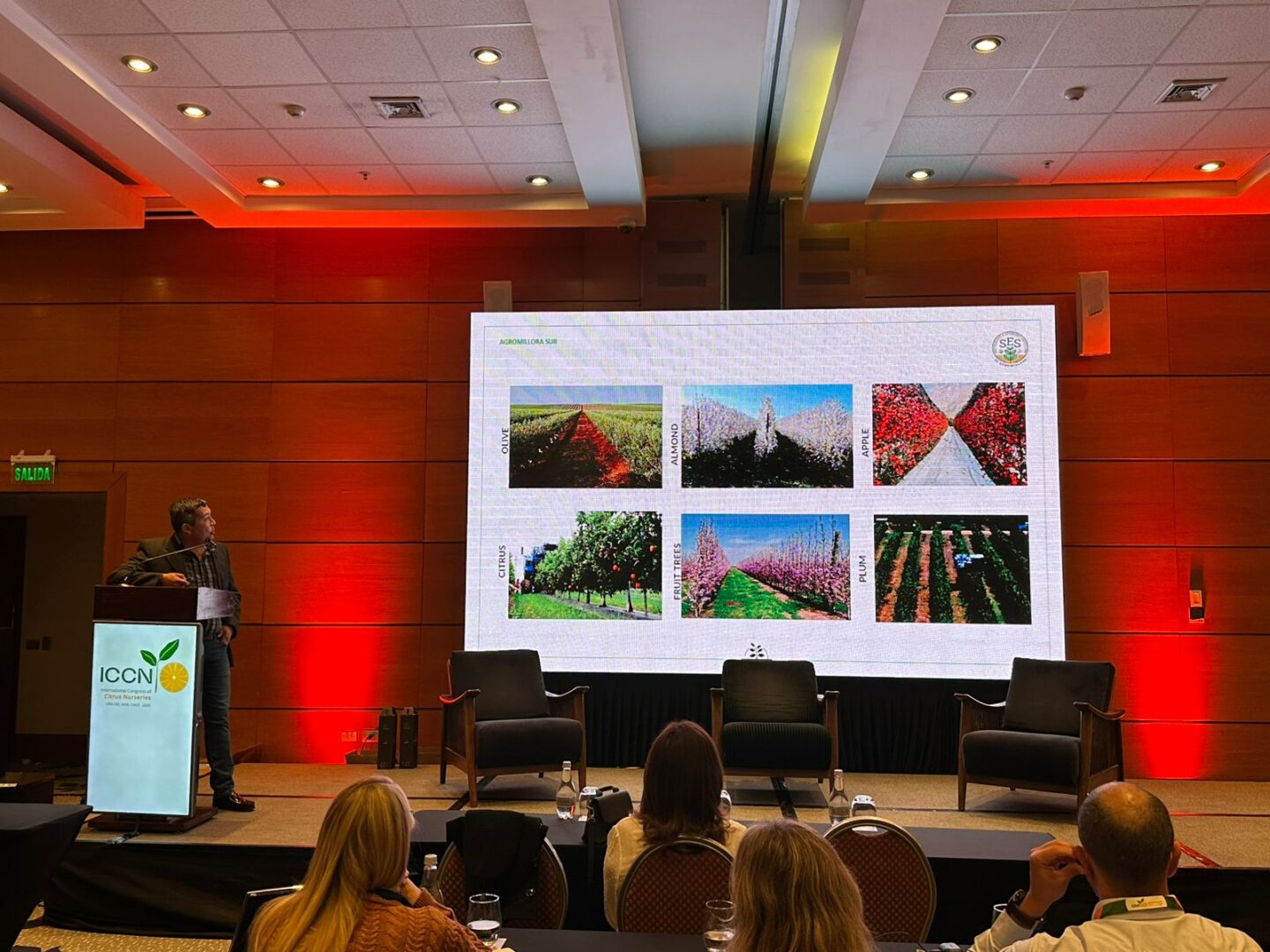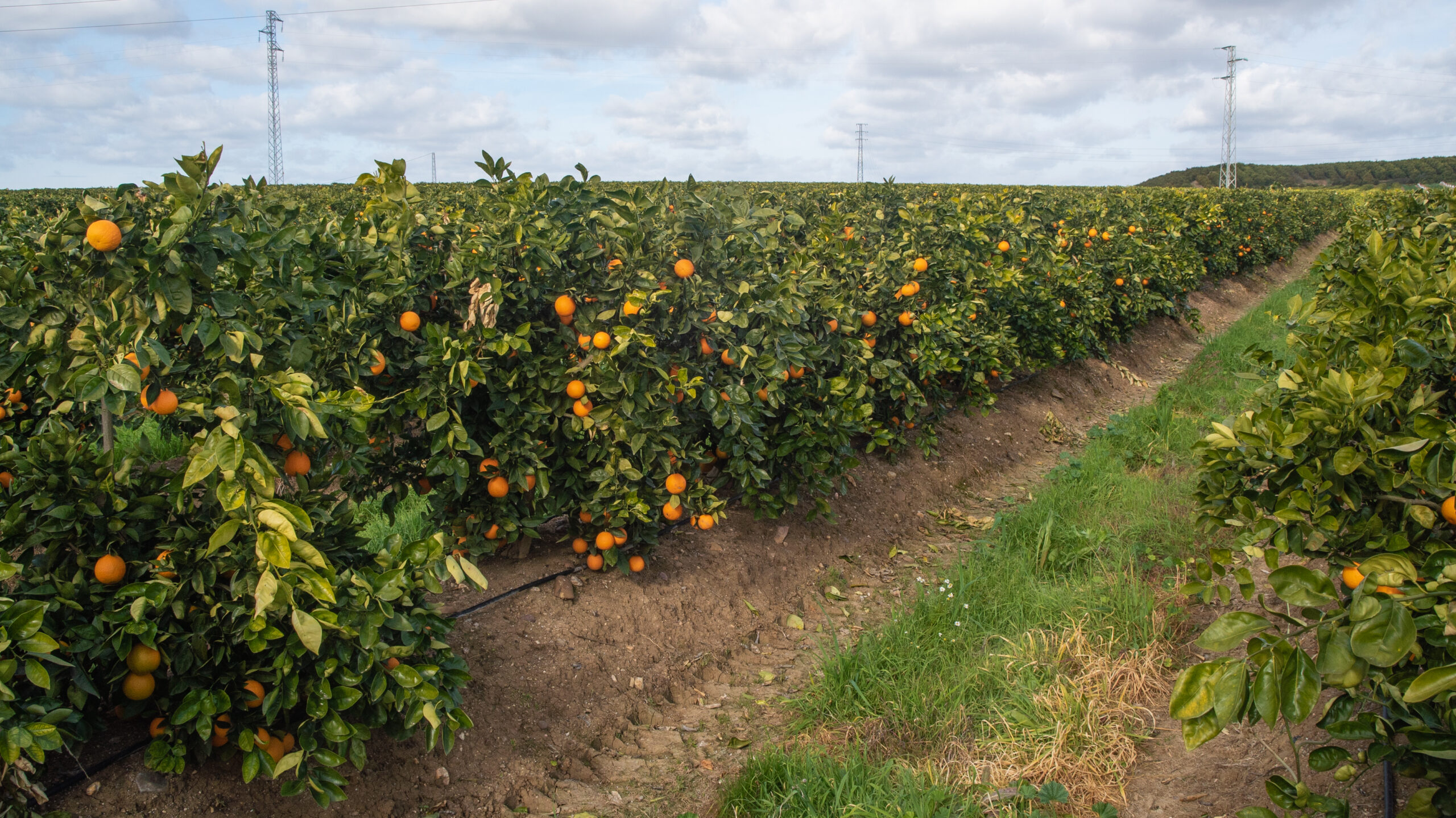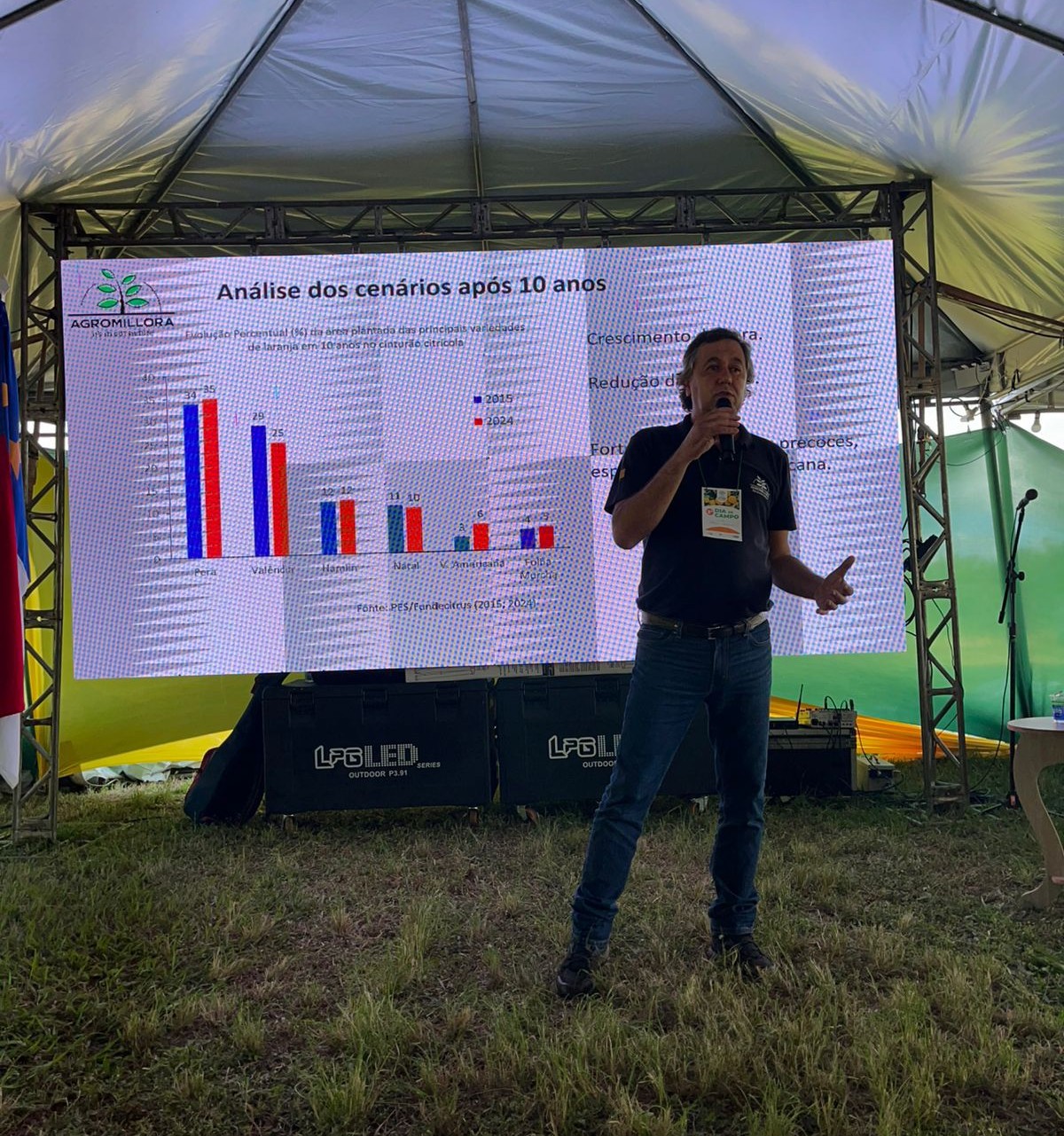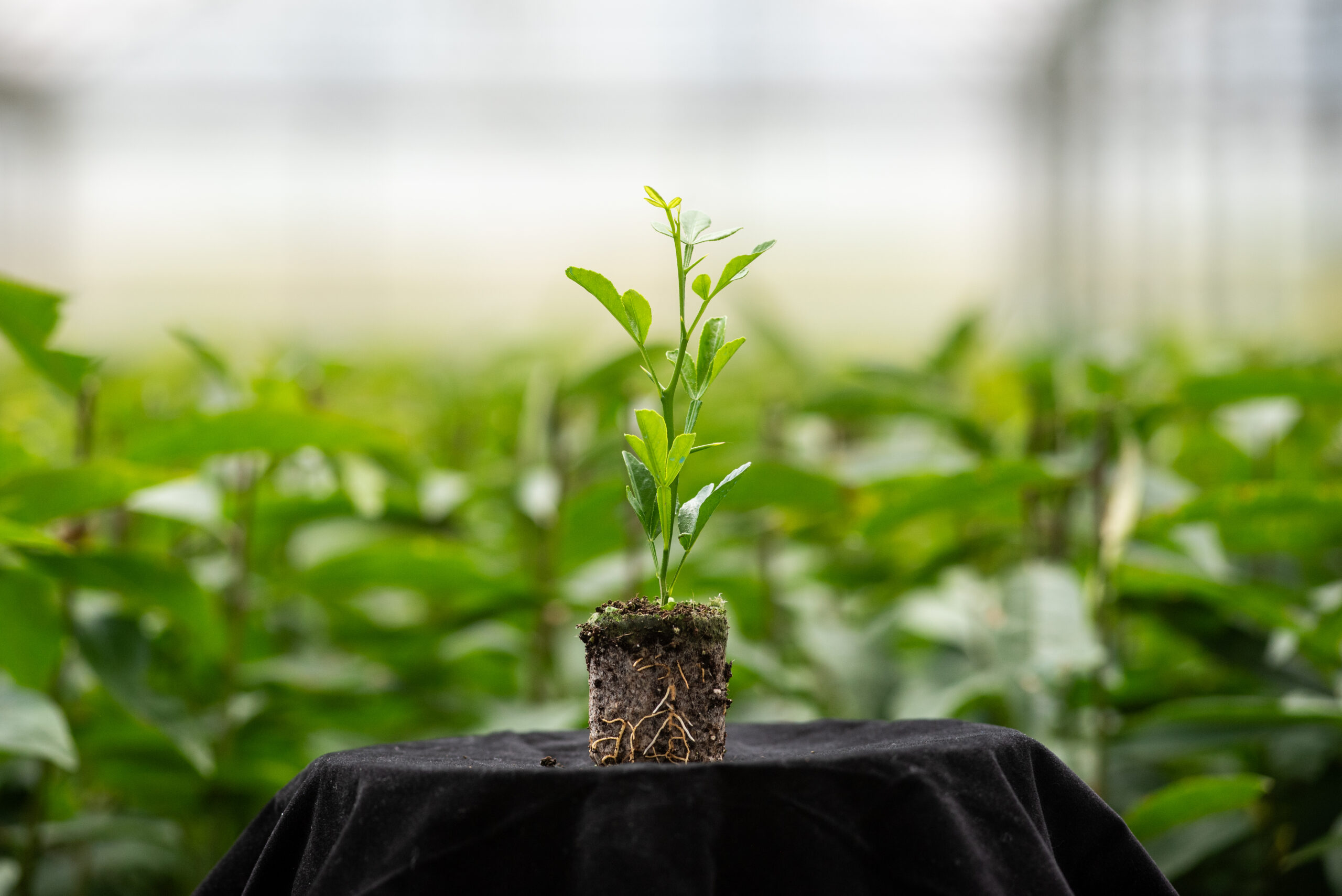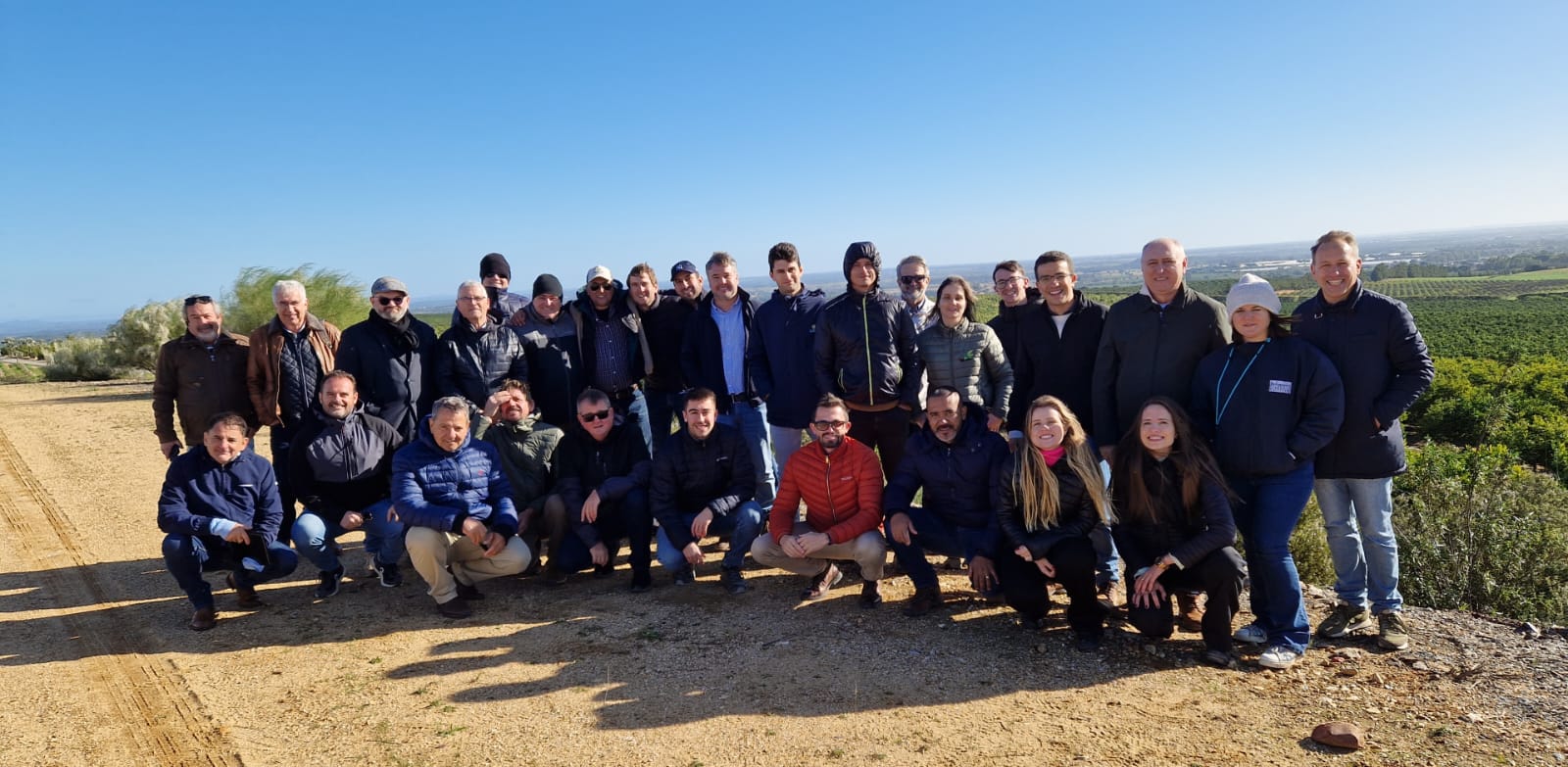Citrus Nurseries in Chile and Brazil Show Progress in Productivity and Safety Against HLB Virus
After years of collaborative work between private entities, academia, and the Brazilian government—during which a significant portion of citrus production was affected by the HLB virus—efforts are now underway to control and isolate the vectors that spread this disease.
The replanting of millions of trees is being supported by Smarttree rootstocks, a technology developed by Agromillora using biodegradable paper that facilitates mechanized planting and makes transportation more cost-effective and efficient.
Citrus farming is experiencing a revival following the devastating impact of the HLB virus, also known as Huanglongbing or “Yellow Dragon,” a bacterial disease that affects citrus trees. It is the most destructive citrus disease worldwide, causing fruit with poor taste and trees that die within a few years. It spreads through infected propagation material and, primarily, by a small insect called Diaphorina citri.
HLB became known in the early 2000s and has devastated citrus-growing regions in Asia and Africa. In 2005, the pest appeared in the United States, and three years later, it had already colonized the state of Florida, causing a 72% drop in orange production for juice. In 2004, it was detected in the state of São Paulo, which accounts for 80% of Brazil’s national citrus production. “The current situation in the citrus-growing region is very critical, with losses exceeding 25 million boxes of oranges due to HLB alone. In some areas, infection rates surpass 60%,” says Carlos Bornin, Sales Representative at Agromillora Brazil.

To understand the scope of this disease—which Chile remains free of, though it is a constant threat—Chilean nursery professionals traveled to Brazil to observe the joint efforts between public and private entities to combat the virus, as well as the latest trends in rootstocks and production systems. “Brazil is a citrus powerhouse. Research centers are working with private companies on new rootstock models that are resistant to pests,” says Mauricio Zúñiga, Key Account Manager at Agromillora Sur.
For Alberto Cortés, Technical Manager at the La Palma Experimental Station, part of the Pontifical Catholic University of Valparaíso, genetic management is essential. “In Brazil, they are studying and verifying which varieties are more resistant. They’re considering implementing trap plants that repel the insects carrying the virus,” he explains. “Yellow Dragon is a virus that causes many problems. During this trip, we mainly saw its effects and how it’s being managed, so we can be better prepared in case it enters Chile,” he adds.
Juan Ignacio Aburto, Operations Manager at El Tambo Nurseries, highlighted the new citrus rootstocks observed during the trip to Brazil. “They’re testing the Rubidoux variety in vitro, rather than using traditional seeds. They’re moving toward higher planting densities, and these new varieties under evaluation are setting new standards and densities, which seem to be yielding good results. Citrus growers in Brazil are adapting, and I see similar trends in Chile,” he notes.
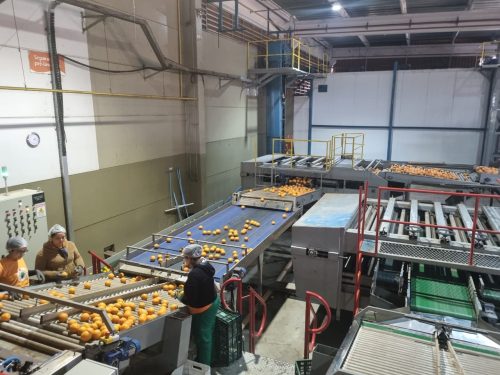
The Role of Nurseries in Combating HLB
In Brazil, healthy plants are being produced for new citrus plantations, following the losses that affected much of the local production. “We’re developing plants in the Smarttree format, using biodegradable paper that facilitates mechanized planting and makes transportation more economical and efficient,” says Carlos Bornin.
The collaboration between public and private sectors is a key aspect highlighted by the Brazilian professional. “At Agromillora Brazil, we’re working together with Embrapa and the Agronomic Institute (IAC), seeking new rootstocks and options for citrus farming,” he adds. In his view, the nursery sector must be better prepared and work collaboratively to tackle diseases and pests that can become even more aggressive. “The citrus nursery sector is well-prepared to face the disease, as we had already made changes to our plant production system due to CVC, which is now resulting in very effective control of the HLB vector,” he emphasizes.
Conference in Chile
All these concerns and advancements regarding HLB were presented in Chile at the “13th International Citrus Nursery Congress 2025: Innovation and Sustainability in Citrus Farming,” organized by PUCV and its School of Agronomy, in collaboration with the International Society of Citrus Nurseries. The event brought together leading researchers, professionals, and company representatives from the citrus sector to address the main challenges related to innovation, sustainability, and plant health in nurseries and citrus production. At the event, Carlos Bornin and Mauricio Zúñiga from Agromillora presented Brazil’s progress in producing lower-vigor trees for high-density planting. “The results from the projects we’re working on have been very satisfactory, with yields exceeding 60 tons per hectare and lower HLB incidence,” says Carlos Bornin.
Although mechanization is not yet widespread, the professional noted that “progress in this area is still in its early stages. We’ve managed to mechanize fruit loading, but we haven’t yet achieved mechanized harvesting. It’s necessary to restructure the plants in a new format before considering mechanized harvesting.”
